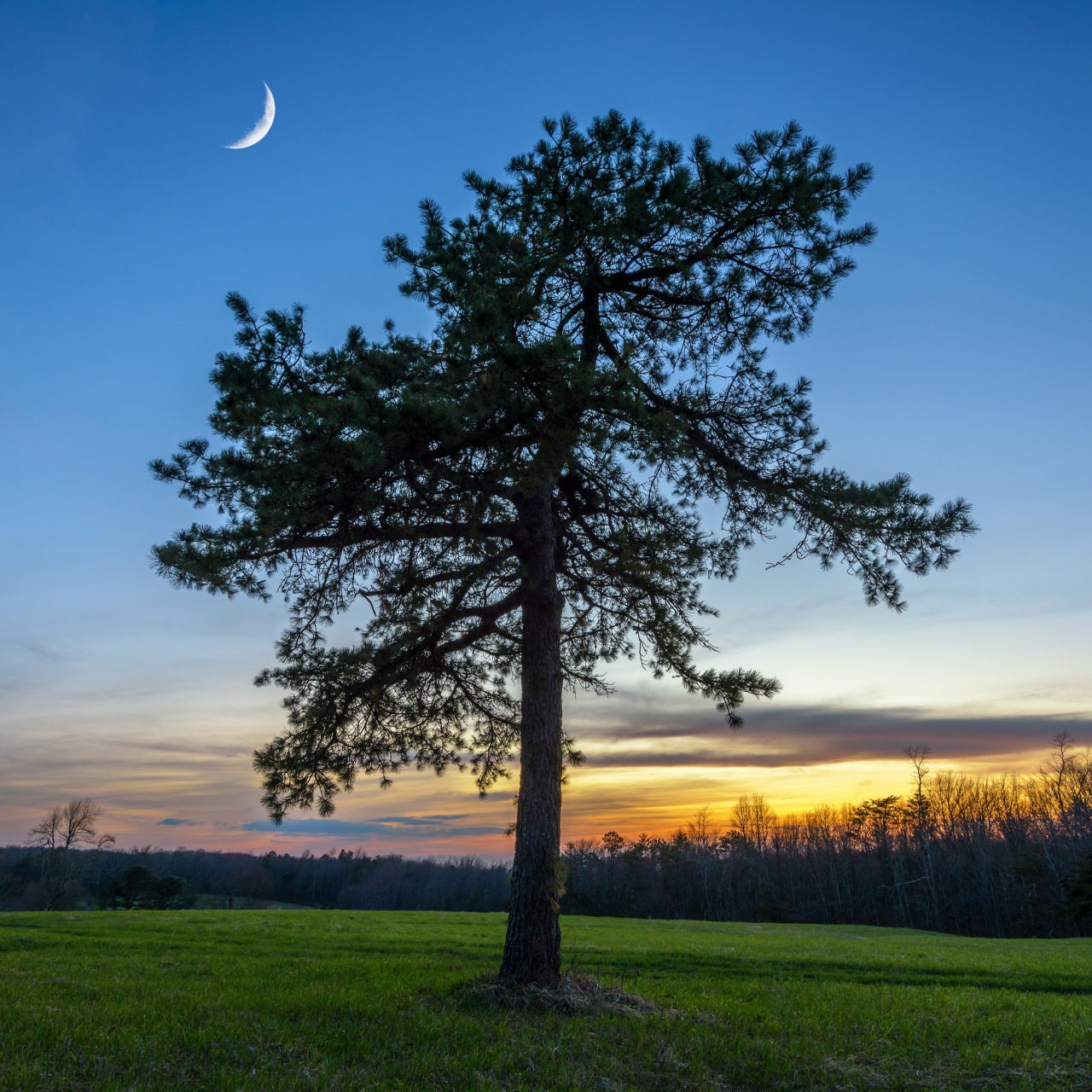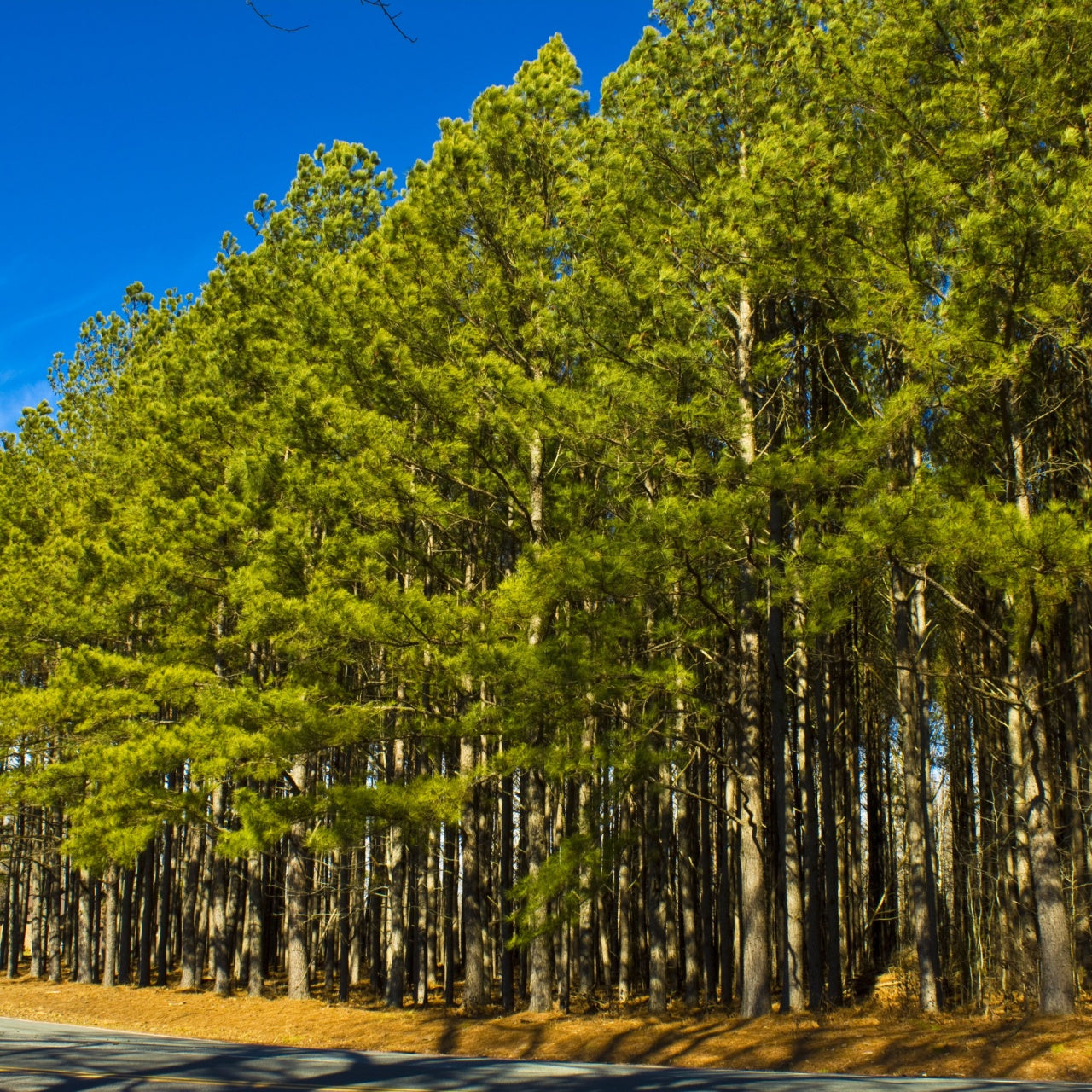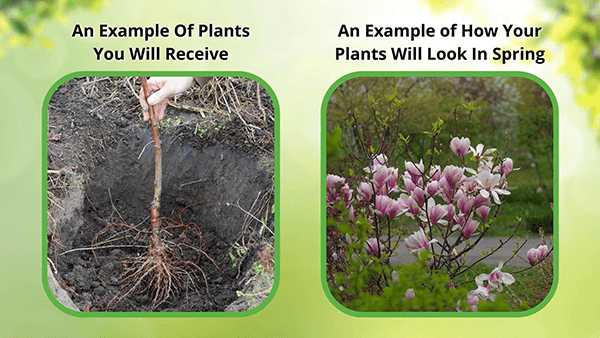Sep 25, 2025 min read
The Decline of Bird Populations — and...
In the last few decades, scientists have observed that the bird population is declining all around the world. This is...
Read More


Removes & Absorbs Toxins
Improves Air Quality
Low maintenance & easy to grow
The Shortleaf Pine (Pinus echinata) is a significant pine species native to the southeastern United States. This species belongs to the Southern Yellow family of trees and is the most widely seen pine type in much of the Southeastern U.S.
In its natural habitat, Shortleaf Pine is found in 22 states, from the Northeast to the Central Plains and Southeast. They will tolerate colder soil temperatures than many of the other types in the pine family.
It is often found in mixed pine-oak forests, frequently growing alongside loblolly pine and hardwood species; it provides a critical habitat for wildlife, including birds, small mammals, and insects.
This type can grow in various soil types, from sandy, well-drained soils to rocky uplands. It begins to produce seeds or fruit when it matures around 12. This type is well known for its ability to make an attractive crown at its top that only produces a small amount of width.
Attractive cones top the short limbs of this Shortleaf Pine. The tree is monoecious, meaning that male and female cones appear on the same tree. The Male Cones (Pollen Cones) appear earlier in the season, releasing wind-dispersed yellow pollen. The Female Cones (Seed Cones) develop slightly later and remain receptive to pollen during this period.
This evergreen does not produce leaves but has 2–3 needles per fascicle, measuring 3–5 inches long, dark green and flexible.
Valued for straight, dense wood used in construction, flooring, and paper products. It is frequently used in conservation and erosion control projects due to its adaptability.
As it ages and matures, it produces a smoother appearance, giving way to yellow-light brown wood beneath when the outer layer is removed.
The ease of growth of this Shortleaf Pine tree is one of the main reasons for its success across the southern portions of the U.S.
Hardy Planting Zones - Six to Eight
Bloom Season - March to April
Bloom Color - Cones in brown and purple
Height at Maturity - 100 feet
Soil Type Preferred - Moist, sandy loams
Sun or Shade - Full sun to partial shade.
This Is How Your Plants Will Look upon Delivery
Shipping date depends on the date displayed and chosen when you order from the product's page.
We do not offer warranties on products after 5 days past receiving your plants.
Our Blogs
By signing up, you agree with our privacy policy.